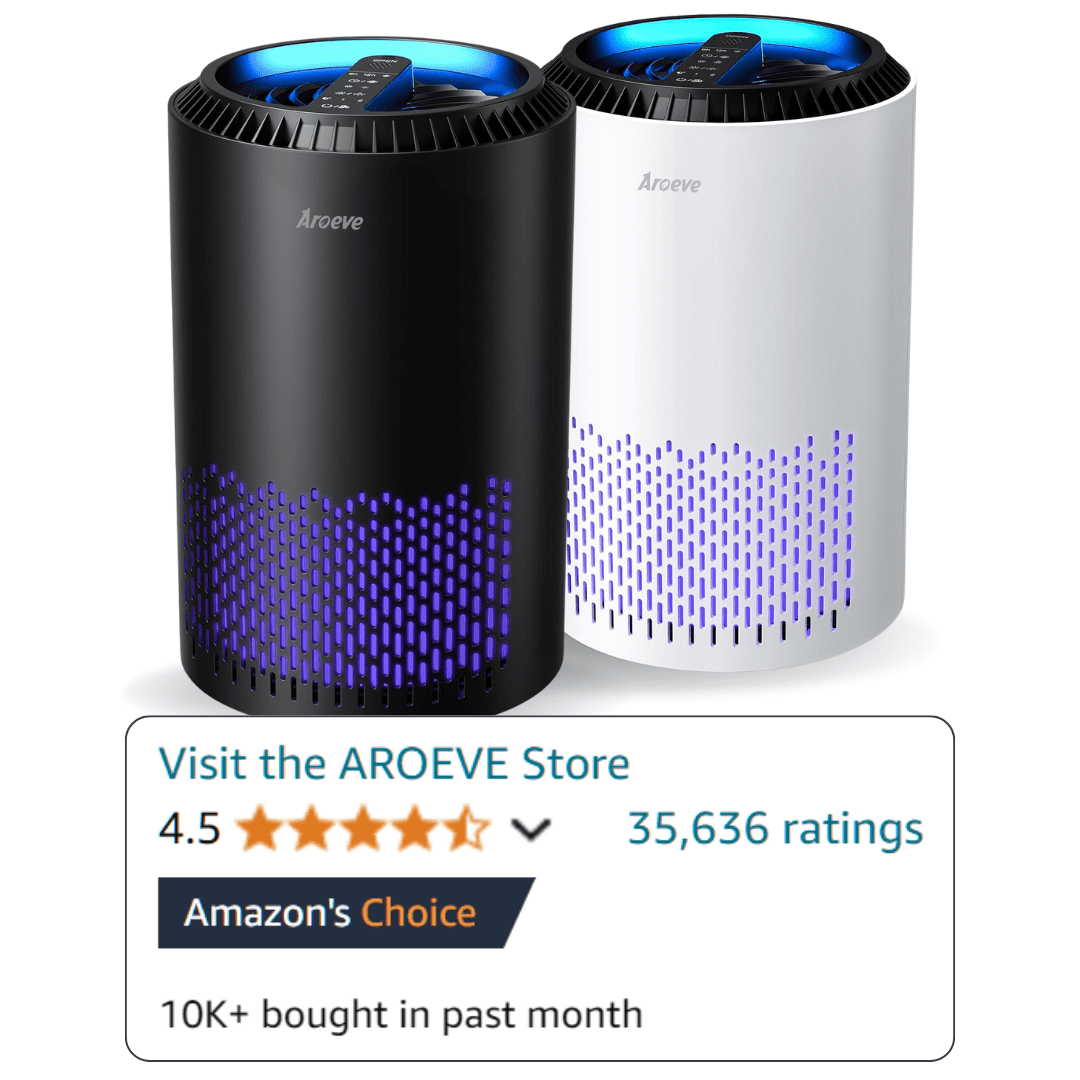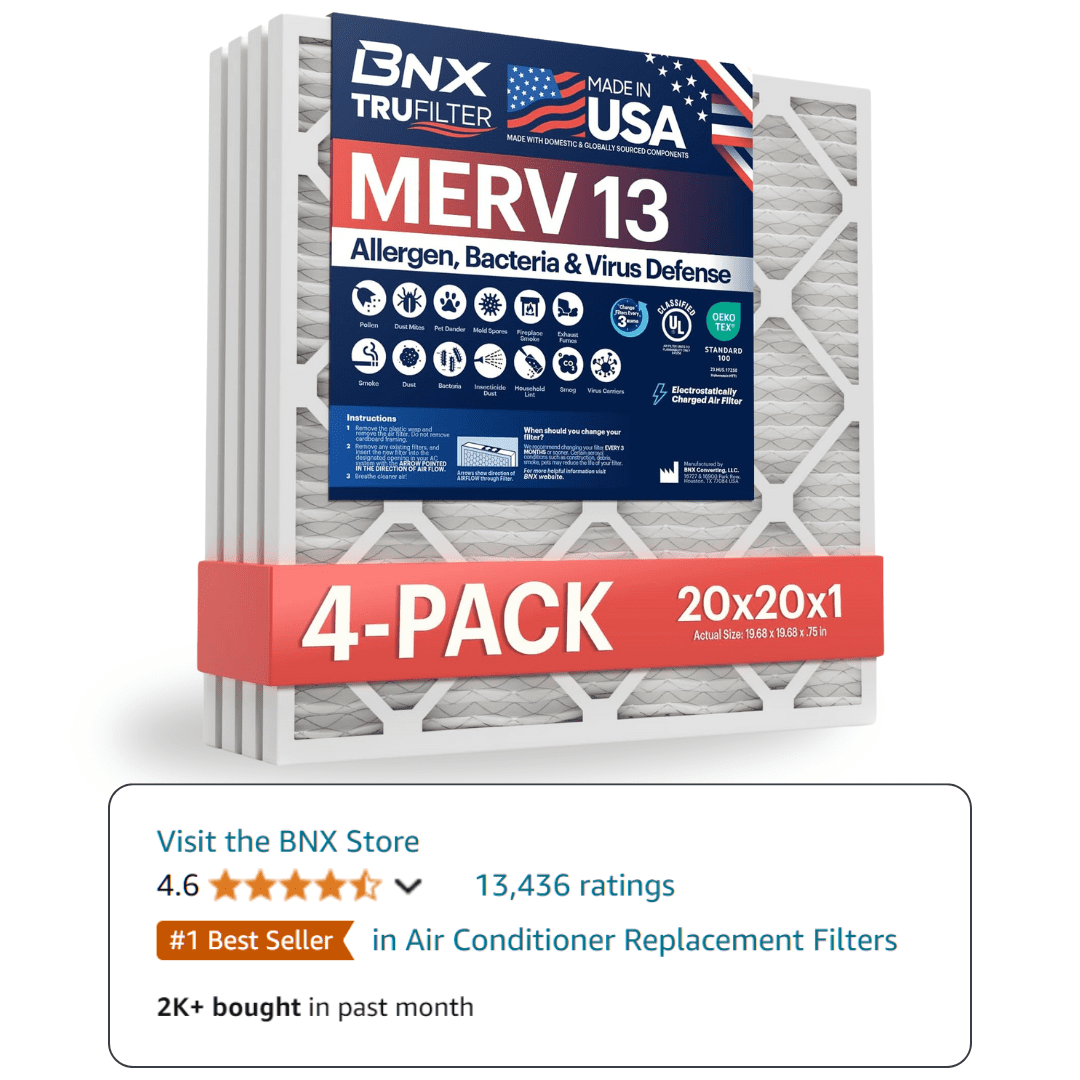Volatile Organic Compounds, or VOCs, are a group of chemicals found in many common household products. Understanding VOCs is essential for improving indoor air quality and protecting health. In this article, we will explore what VOCs are, where they come from, their dangers, and how to reduce exposure in your home.
Understanding VOCs
What Are Volatile Organic Compounds?
VOCs are carbon-based chemicals that evaporate at room temperature. This property allows them to easily enter the air you breathe. VOCs are emitted by various products, including paints, solvents, and cleaning agents. According to the Environmental Protection Agency (EPA), VOCs can be harmful to your health, especially in poorly ventilated indoor spaces.
Common Sources of VOCs in Homes
Common sources of VOCs include:
- Paints and Varnishes: Many paints contain VOCs that can linger in the air for weeks after application.
- Cleaning Products: Common household cleaners can release VOCs, contributing to poor air quality.
- Air Fresheners: While they may smell pleasant, air fresheners often contain harmful VOCs.
- Furniture and Carpets: New furniture and carpets can emit VOCs from their materials and adhesives.
Understanding these sources can help you identify potential risks in your home. For a deeper dive into indoor air pollutants, check out our article on what are the most common types of indoor air pollutants?
The Dangers of VOC Exposure Indoors
Health Effects of VOCs
Exposure to VOCs can lead to a range of health issues. Short-term effects include headaches, dizziness, and nausea. Long-term exposure may result in more serious problems, such as:
- Respiratory Issues: Breathing difficulties and exacerbation of asthma or allergies.
- Neurological Damage: Some VOCs can affect the nervous system, leading to memory issues or attention problems.
For more insights on health impacts, see our article on IAQ Health Effects.
Long-term Impact on Indoor Air Quality
VOCs can significantly contribute to indoor air pollution, affecting the overall air quality in your home. Poor air quality can lead to chronic health problems and decreased overall well-being. Regular monitoring and control of VOC levels are crucial for maintaining a healthy living environment.
Measuring and Identifying VOC Levels
Tools and Methods for Measuring VOCs
To assess VOC levels in your home, you can use:
- Home Test Kits: Available in stores or online, these kits allow you to collect air samples for analysis.
- Professional Testing: Hiring a trained professional can provide a comprehensive assessment of your indoor air quality.
Recognizing Symptoms of VOC Exposure
Stay alert for symptoms that may indicate VOC exposure:
- Frequent headaches
- Nausea or dizziness
- Eye, nose, or throat irritation
If you notice these symptoms, it may be time to investigate your home for VOC sources.
Strategies to Reduce VOC Exposure at Home
Source Control and Ventilation
The first step in reducing VOC exposure is to control sources. Use products with low VOC emissions, and ventilate your home by opening windows and using exhaust fans when using VOC-containing products. This helps to decrease their concentration in the air.
Using Air Purifiers
Using an air purifier can help remove VOCs from indoor air. Look for air purifiers with activated carbon filters designed to capture chemical pollutants. For guidance on selecting the right purifier, check out our Air Purifier Guide.
Alternative Safe Products
Consider switching to alternatives that are free from harmful VOCs. For example, use:
- Low-VOC or VOC-free paints
- Natural cleaning products
- Furniture made from solid wood or certified materials
These choices can significantly enhance your indoor air quality.
Case Studies and Real-life Examples
Example of a Household Successfully Reducing VOC Levels
One household noticed persistent headaches and found high levels of VOCs in their home. By switching to low-VOC paints, replacing conventional cleaning products with natural alternatives, and improving ventilation, they successfully reduced their VOC levels. After testing again, their air quality improved, and the headaches disappeared.



